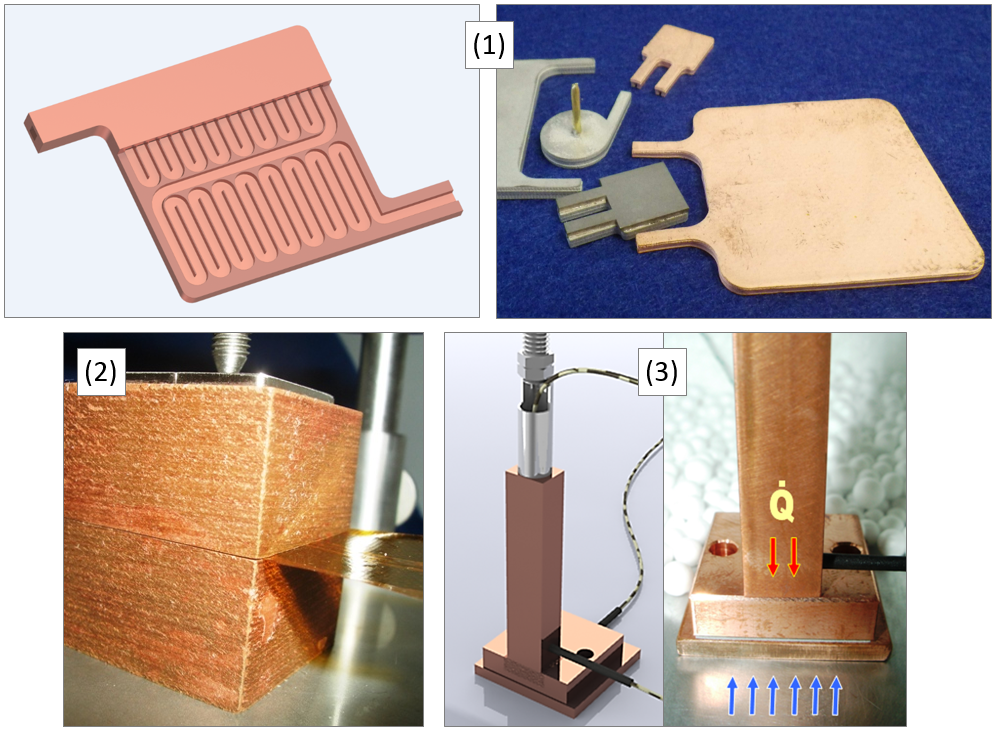Our Service Portfolio
Heat is generated in many electrical and electronic components when in use, which must be dissipated to the environment to ensure optimum operating temperatures (e.g. in LEDs, processors, power converters, batteries). Exceeding the operating temperature range often leads to accelerated component aging or to a loss of performance or even failure. Heat is generated by the resistance of current-carrying conductors (Joule heat) or as a result of changing electrical fields (induction heat).
The thermal design of passive or active thermal management systems for heat-generating electronic components requires various steps, including
• the determination of the temporal and local intensity of the heat sources within the component,
• the optimization of heat transport properties of individual materials or the minimization of thermal contact resistances and
• the development of active or passive cooling systems to buffer thermal load peaks and to transfer heat to the environment.
Fraunhofer IFAM Dresden offers you all these competences from one hand, starting with thermal system analysis, determination and optimization of material properties, design and implementation of cooling systems to their experimental validation.
 Fraunhofer Institute for Manufacturing Technology and Advanced Materials IFAM
Fraunhofer Institute for Manufacturing Technology and Advanced Materials IFAM
![(1) arrangement of battery pouch cells and heat buffer plates [paraffin-filled aluminium fibre plates, see (3)] - stationary heat dissipation via lateral cooling plates, (2) dummy battery cell with electrical heat source simulation, (4) test arrangement for air-cooled system (1) arrangement of battery pouch cells and heat buffer plates [paraffin-filled aluminium fibre plates, see (3)] - stationary heat dissipation via lateral cooling plates, (2) dummy battery cell with electrical heat source simulation, (4) test arrangement for air-cooled system](/en/Aboutus/Locations/Dresden/Energy_and_thermal_management/cooling-of-electronic-components/jcr:content/contentPar/sectioncomponent/sectionParsys/textwithinlinedimage_611684025/imageComponent1/image.img.png/1596442281200/Bild-3-Elektronikkuehlung.png)